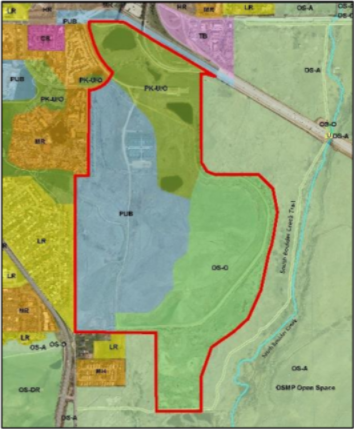Why did the city choose 100-year flood protection for South Boulder Creek (SBC)?
The city has been evaluating flood mitigation options since 2010 and city council approved the SBC mitigation study in 2015. In 2020, city council considered three different levels of flood protection (100-, 200-, and 500- year) and ultimately passed a motion in support of the 100-yr flood design concept. This concept was found to have the fewest environmental impacts, the lowest cost and was identified to have the greatest probability of being permitted by the various regulatory agencies.
Why wasn’t 500-year flood protection chosen?
The project team evaluated 500-year conceptual designs and determined they were not feasible given project constraints. Specifically, the 500-year design concept was unable to match existing hydraulic loading conditions on the bridge structure and not increase flooding downstream. In other words, if the 500-year flood occurred under two scenarios: 1) with the city’s optimized 500-year flood project concept in place, and 2) under existing conditions without any flood mitigation features, the water depths would be higher under the US36 bridge under the 500-year flood project scenario. This violates fundamental criteria of regulated floodplain planning in that projects cannot make downstream flooding conditions worse. The 100-year design does not violate such criteria.
What was the magnitude of the 2013 flood?
The prolonged rainfall event in September 2013 resulted in storm runoff citywide. The flood magnitude as measured throughout various parts of Boulder ranged between a 25- and 50-year event for many watersheds. Portions of lower South Boulder Creek, including the West Valley, experienced flows on the order of a 100-year event 1.
The flood project is using a short-duration, high-intensity thunderstorm event as the basis for the design of the flood mitigation project. This type of storm is closest to the SBC flood flows experienced in 2013 despite the 2013 precipitation event being more characteristic of a long-duration, low-intensity general storm that results in lesser flood flows.
